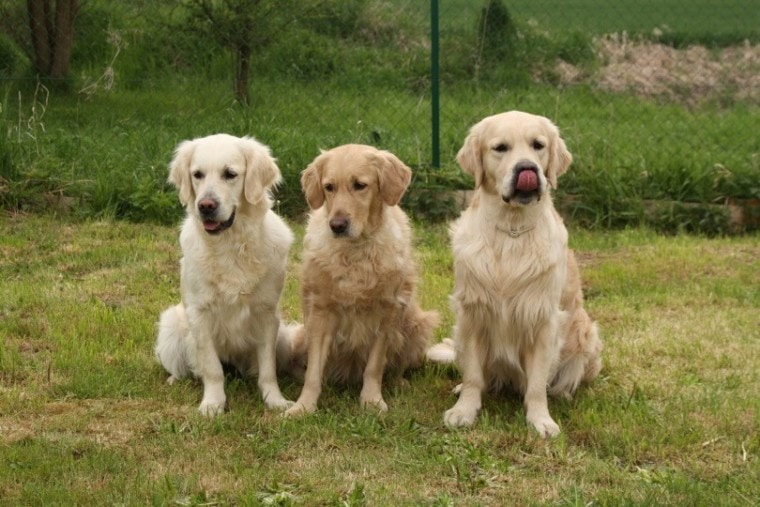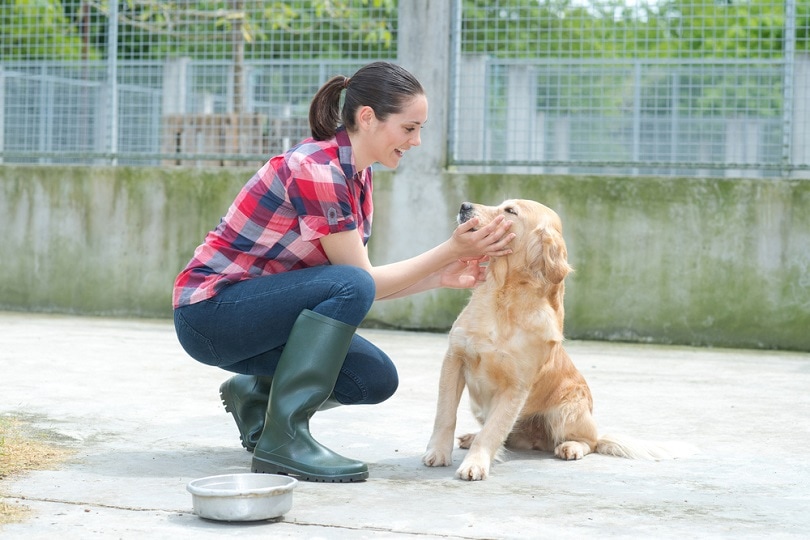Dog Breeding Hygiene: 7 Important Tips

If you are a dog breeder, you probably have several dogs running about that can cause quite a mess while they play. Cleaning it up can be quite a chore, especially if you don’t know where to begin. To help you out, we’ve assembled a list you can follow along with to tidy up your kennel to make sure it’s up to breeding standards and can pass any inspection. We’ll discuss how to clean, how often, where to begin, and much more to help you keep your breeding area clean and healthy.
The 7 Most Important Kennel Hygiene Tips
1. Make a Plan

If you have several cages, a play area, and other places to clean, make a plan before doing anything else. It can take several hours or even days to clean the entire area, and a proper plan can make things move smoothly. If you need to remove a dog from a location to clean it, it might be easier to plan to clean it when the dog isn’t there.
Here is a good order to follow:
2. Safety
Keeping your animals, workers, and self safe should always be your first concern when working in a kennel or breeding area. Proper cleaning often requires strong chemicals that can be dangerous to your pet’s health, and you will need to take steps to minimize any risk.
3. Clean Frequently
The more frequently you clean, the less time bacteria has to grow and spread. No one wants to spend more time than necessary cleaning the kennel, but some germs like distemper can remain hidden while dogs transmit it without symptoms for several weeks. The best way to keep bacteria in check is to clean frequently. Other germs that can live on your surfaces include parvo, giardia, canine influenza, and more.
If you have two or more dogs or even one dog that frequently socializes with other dogs, we recommend cleaning the kennel from top to bottom once a week to minimize risk to your pet.

4. Prep Work
Before you start to spray chemicals to disinfect the area, we recommend doing some prep work first. Remove any hair and scrape away any grime that you can find using a putty knife or a bucket of soapy water and a scrub brush. Doing so can often remove much of the dirt and soften the caked-on grime to come off when you disinfect.
5. Scrub Top To Bottom
For most of us, it goes without saying, but it’s worth repeating. Always clean from top to bottom for the best results. Use your soap bucket and scrub brush to clean the entire area as best you can. Don’t forget walls and ceilings. Bacteria can grow on any surface.
6. Read the Instructions Carefully
Your kennel disinfectant will have directions that you need to follow carefully, especially concerning the time you need to allow it to work for maximum effectiveness. You might consider leaving the cleaner on longer than necessary to make sure the germs are dead but doing so can damage the surfaces in your kennel due to the strong chemicals and is not recommended.

7. Sanitize Your Tools
Many people get so happy with their clean kennel that they forget they need to sanitize the cleaning tools. All of your cleaning supplies can pick up bacteria, but mops, squeegees, rakes, and pooper scoopers can pick up and carry the most. We recommend sanitizing these tools after each use and replacing the mop head. The wet mop will allow bacteria to grow and can recontaminate the entire area.

Other Tips

Summary
Keeping a breeding kennel clean can be a big job, but it’s not too difficult if you do it frequently and keep up on it. It’s much harder to remove caked-on grime, and there’s a much better chance there will be bacteria hiding. A dirty kennel will also turn away customers and increase the risk one of your dogs will get sick, slowing business and possibly spreading to other dogs. Have a plan ready and stick to it for the best results.
We hope you have enjoyed reading over this guide and found some useful tips. If we have helped you keep a cleaner kennel, please share these tips concerning dog breeding and hygiene on Facebook and Twitter.
Related Read: The Consequences of Dog Inbreeding: Problems & Risks
Featured Image Credit: Jayme Burrows, Shutterstock



Không có nhận xét nào